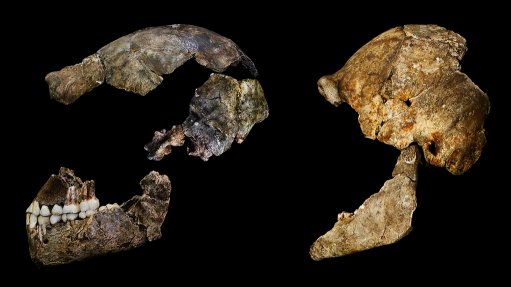
Photo by: John Hawks
Wits University announced the discovery of a new species of human relative, and named it Homo naledi on 10 September 2015.
Most remarkably, besides shedding light on the origins and diversity of our genus, Homo naledi also appears to have intentionally deposited bodies of its dead in a remote cave chamber, a behaviour previously thought limited to humans.
Launch
The fossils were revealed for the first time during an international launch at the Maropeng Visitor’s Centre in the Cradle of Humankind World Heritage Site, attended by representatives from the South African government, participating researchers from all over the world, as well as local and international media.
It has been much anticipated since Professor Lee Berger, research professor in the Evolutionary Studies Institute at Wits, and a team of researchers, cavers and explorers announced in November 2013 that they had discovered a significant fossil find in a cave known as Rising Star in the Cradle of Humankind, some 50 km northwest of Johannesburg.
Biggest find in Africa
They launched the Rising Star Expedition and have since then discovered more than 1 550 numbered fossil elements, the discovery is the single largest fossil hominin find yet made on the continent of Africa.
The fossils, which have yet to be dated, lay in a chamber about 90 meters (some 100 yards) from the cave entrance, accessible only through a chute so narrow that a special team of very slender individuals was needed to retrieve them.
So far, the team has recovered parts of at least 15 individuals of the same species, a small fraction of the fossils believed to remain in the chamber. “With almost every bone in the body represented multiple times, Homo naledi is already practically the best-known fossil member of our lineage,” Berger said.